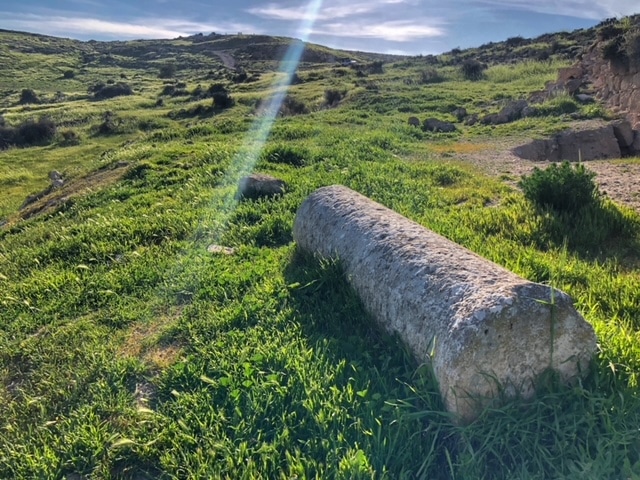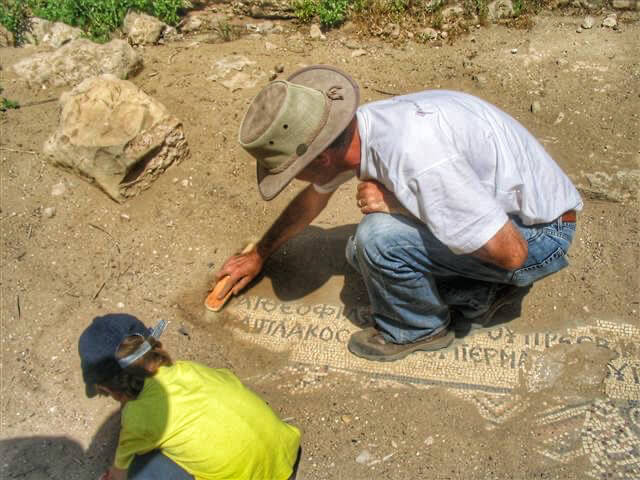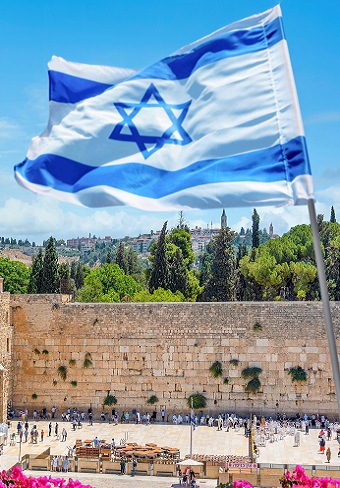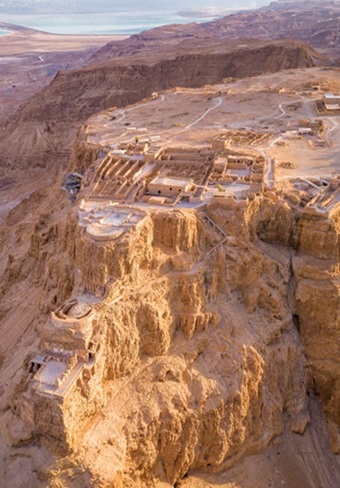Beit Jimal – Saint Stephen’s Burial Site?
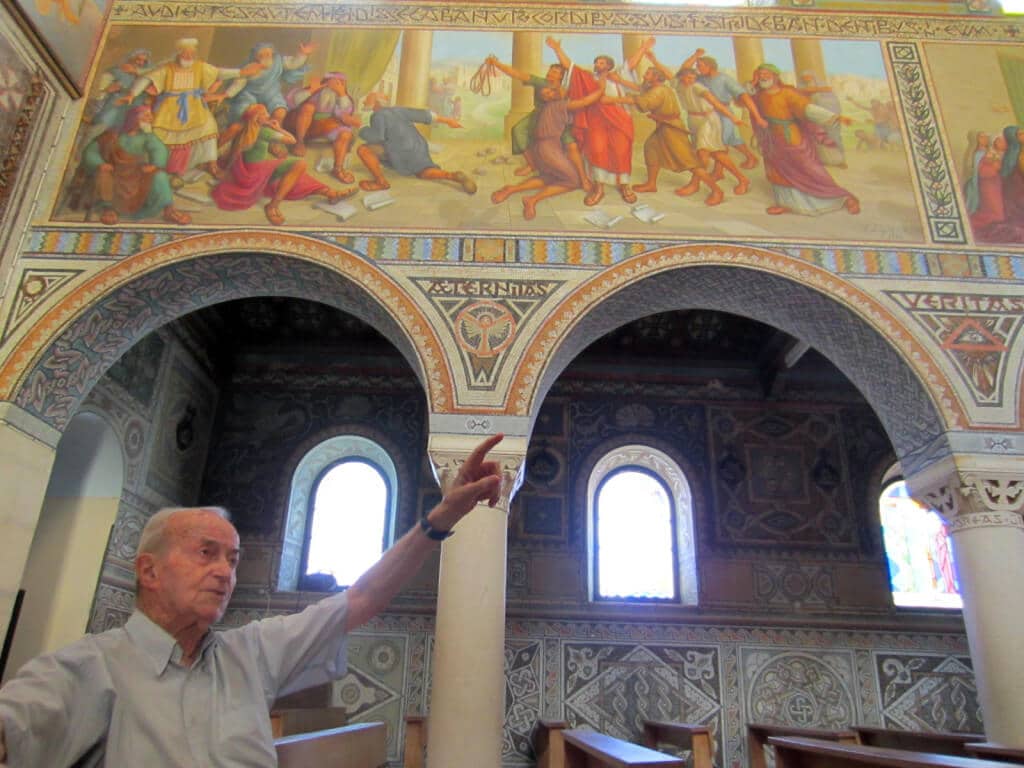
Beit Jimal is a Catholic monastery nestling in the lush hills of the Judean Foothills near Beth Shemesh. By local Christian tradition, it is where the burials of Rabbi Gamliel and Saint Stephen were once found.
History of Beit Jimal
Rabbi Gamliel was a leading authority of the Jewish religious court (the Sanhedrin) in the time of Jesus. In contrast to the alienating attitude of the Sanhedrin towards Jesus (Matthew 26:59), the Book of Acts records Gamilel speaking in favor of Jesus (Acts 5:34-41). Moreover, Paul declared he was a student of Rabbi Gamliel (Acts 22:3). The whereabouts of Rabbi Gamliel are not recorded in any historical source. Still, the few references to him in the New Testament seem to indicate that he lived and died in Jerusalem. But in 415 AD, a priest named Lucian declared that Rabbi Gamliel appeared to him in a dream and revealed his burial place in a village in the Shephelah called “Kafr Gamla.”
He dug at the site and found the tomb of the Rabbi, as well as remains of Saint Stephen, Nicodemus, and his grandson, Abibus. Hearing this, the Bishop of Jerusalem ordered to bring these relics to Jerusalem, and deposit then in Hagia Zion church (Today’s Abbey of the Dormition). Later, the relics of Saint Stephen were moved again to a new church north of Jerusalem (Today’s Saint Etienne Church). Nevertheless, the site of the discovery of the bones also became a church, later known in Arabic as “Beit Jimal”.
Modern Development
In 1878 Salesian monks set up an agricultural school at the Arab village Beit Jimal. In 1915, they uncovered remains of a Byzantine church at the site, including a mosaic floor with a Greek inscription reading “The Most famous and holy God, Stephanus“. The tomb discovered under the church was thus identified with the tomb that Lucien found in 415 AD. In 1930 the monks completed a new church at the site.
Another commemoration site of Saint Stephen near Beit Jimal?

General view of the circular building at Kh. Jiljil. “Jiljil” means “rounded” or “wheel” in Arabic. Yet Strus argues that perhaps the Arabic name is preserving the memory of venerating Saint Stephen here, as “Stephanos,” in Greek, means “crown.”
Three hundred meters south of Beit Jimal lie the ruins of a site called “Khirbet el-Jiljil. In 1999 Polish archaeologist and Salesian father Andrzej Strus excavated the site. He uncovered the remains of a circular structure, which undoubtedly functioned as a winepress in the Byzantine Period. However Strus suggested that it was initially constructed to house the relics of Saint Stephen.
In 2003, near this circular structure, an inscribed stone lintel was discovered. Epigraphist Emile Peuch read traces of a Greek text on the stone as: ” ΔΙΑΚΟΝΙΚΩΝ ΣΤΕΦΑΝΟΥ ΠΡΩΤΟΜΑΡΤΥΡΟΣ “. = The place of reposing the relics of the first martyr Stephen”. If the reading is correct, this is strong evidence in support of Strus’s theory.
Alternative Interpretations
Yet in 2007, Dr. Shimon Gibson, who co-directed the dig at the site with Strus, and Epigraphist Dr. Leah Di-Segni, published an article debunking the conclusions of both Puech and Strus. Gibson and Di-Segni argue that only six letters of the original inscription can be read, so reconstructing the original text is impossible. Furthermore, Gibson re-examined the site itself and concluded that the circular structure never had any other function except as a winepress. He also noted that turning a holy Christian site into a winepress in the Byzantine period is an improbable scenario.
Nevertheless, the site bears some unusual features for a winepress. The scale of the winepress was massive, and an official inscription, set as a Tabula Ansata, was placed at its entry. Furthermore, the winepress is constructed of ashlar stones, and some of its floor is tiled with marble (!). Although Gibson’s arguments are convincing, the anomalies at this mysterious site are puzzling. Further research may clarify the entire history of this intriguing site.
Touring Beit Jimal
The monastery of Beit Jimal is open Monday to Saturday and is closed for a two-hour noon break. Five monks maintain the place, producing wine and olive oil. The monastery operates Israel’s most veteran meteorological station, since 1919. The modern church built over the alleged tomb of Saint Stephen and Rabbi Gamilel bears beautiful mosaic walls whose subjects relate to the biography of Stephen and Gamliel. The crypt beneath it leads to the sacred burial cave.
A tour of Beit Jimal can be combined with a guided day tour in the Judean Foothills (the Shephelah).

